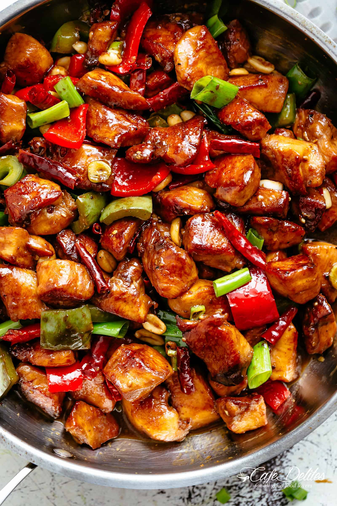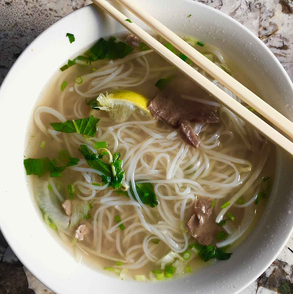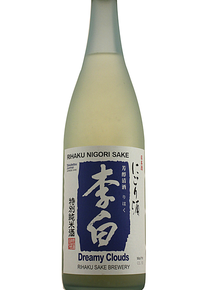|
By: Jane Xiong I think no matter where we’re from, we’ve probably at least heard of several Asian dishes that we have never actually tried before. We know that these foods are must-haves in various Asian countries, and from the media that we are exposed to, many of them seem visually pleasing as well as delicious. However, there are a few things that I have found intriguing as a Chinese-American language enthusiast who has been growing up in New York City (the heart of infused cultures). Personally, I primarily speak English, Mandarin, and Cantonese. As part of extracurriculars, I have been taking the time to learn about Japanese, Vietnamese, and Korean through various cultural clubs at my university. Furthermore, I have noticed that the way we pronounce these Asian food names in English are, for the most part, quite different from the way they are supposed to be pronounced in the language of their respective country of origin. Here are 5 Asian foods we’ve been saying incorrectly:
Kung Pao Chicken, gong bao ji ding in Mandarin, is a stir-fry dish that is widely recognized as a staple in Sichuan(a province in Southwestern China)ese cuisine and is made with cubed chicken, peanuts, vegetables, and chili peppers, and is a combination of salty, sweet, and spicy. Gong bao is romanized as Kung Pao and it literally means “palace guard” and ji ding is the literal Chinese translation of “chicken cube”, which emphasizes that the chicken is diced. Kung Pao chicken is said to be named after Ding Baozhen, a palace guard from the Qing Dynasty (1636-1912). 2. Pho Pronounced: fuh Pho is a popular Vietnam(a country in Southeast Asia)ese street food that consists of noodles, broth, chicken or beef, and herbs. The origin of Pho is somewhat ambiguous as some say it is derived from the Cantonese phan, which are rice noodles sold in Hanoi(the capital of Vietnam) by Chinese immigrants while others say it may have derived from the French “pot-au-feu” which literally translates to “pot of fire” which could possibly describe the steam rising from the noodle bowl. 3. Sake Pronounced: sah-kay Sake is a non carbonated and usually sweet tasting, fermented rice wine that originated from Japan. In Japanese, the kanji character for sake can mean any type of alcoholic beverage. Sake contains approximately 14-16% alcohol and is often served in a tall porcelain bottle and sipped from a small porcelain cup for special occasions, big celebrations, and national holidays in Japan. 4. Bibimbap Pronounced: bee-beem-bahp Bibimbap is a Korean rice dish typically consisting of sliced beef, seasoned vegetables, chili pepper paste, soy sauce, and an egg. Bibim means “mixing various ingredients” and “bap” refers to the rice, so bibimbap literally translates to “mixed rice.” Bibimbap is said to have first emerged between the late 1500’s and mid 1600’s and has gone through a variety of name changes before being established as Bibimbap in the late 1800’s-1900’s. 5. Chow Mein Pronounced: chau mun Chow Mein refers to stir fry noodles with beef, chicken, pork, or any meat, and assorted vegetables. Its name is derived from Toisanese, a dialect of Cantonese spoken by locals of Toisan, a county located in the southern part of the Guangdong province. The Toisanese pronunciation of chow mein is chau mun, and since Toisanese people were the first Chinese people to immigrate to North America, chow mein or chau mun has become a staple at any Chinese restaurant in North America. Jane Xiong (she/her) is a proud Chinese American living in New York City. She is on a gap semester before entering the workforce or applying for graduate school to further her studies in statistics. She loves learning foreign languages, watching anime, and exploring the city (specifically restaurants) and hanging out with friends. Being the child of immigrant parents, she's focusing on retelling her experiences/ stories/ and environments.
0 Comments
Leave a Reply. |
Details
AuthorCulture Talk Team Archives
May 2021
Categories |






 RSS Feed
RSS Feed